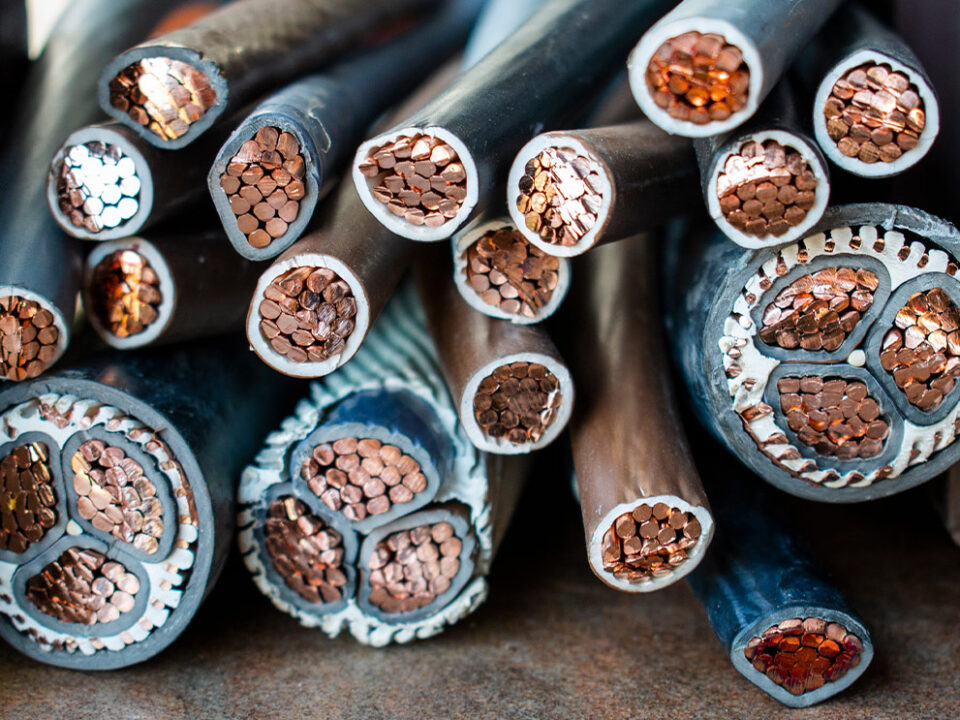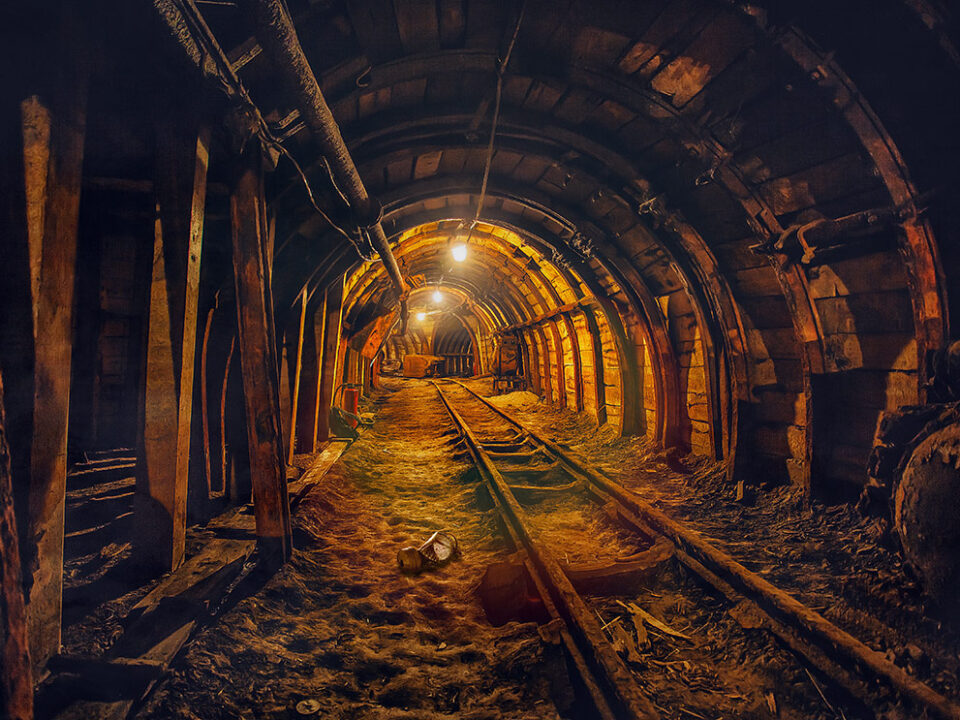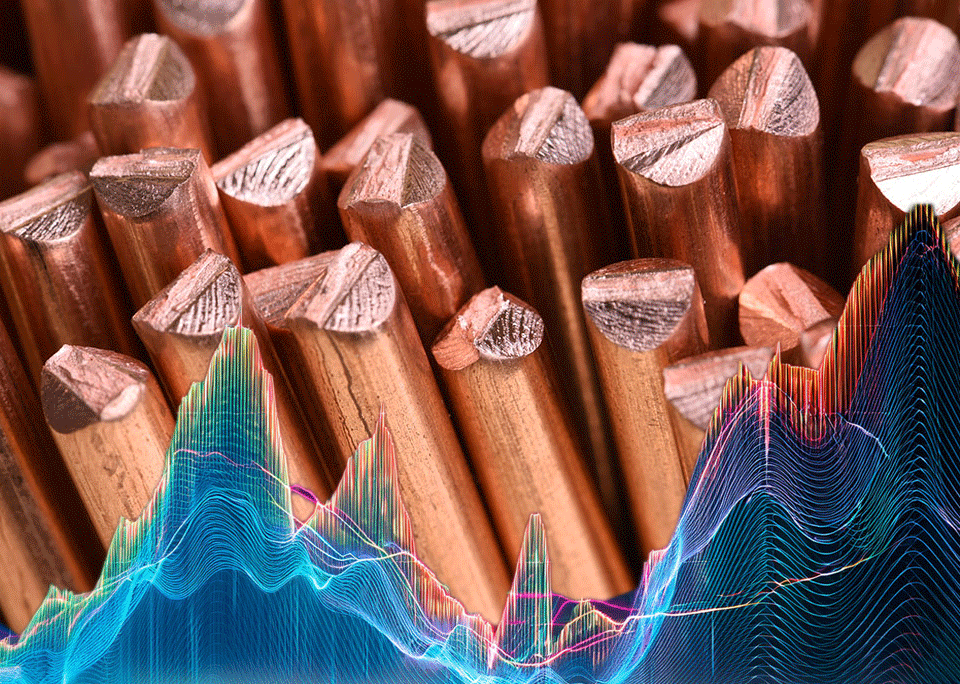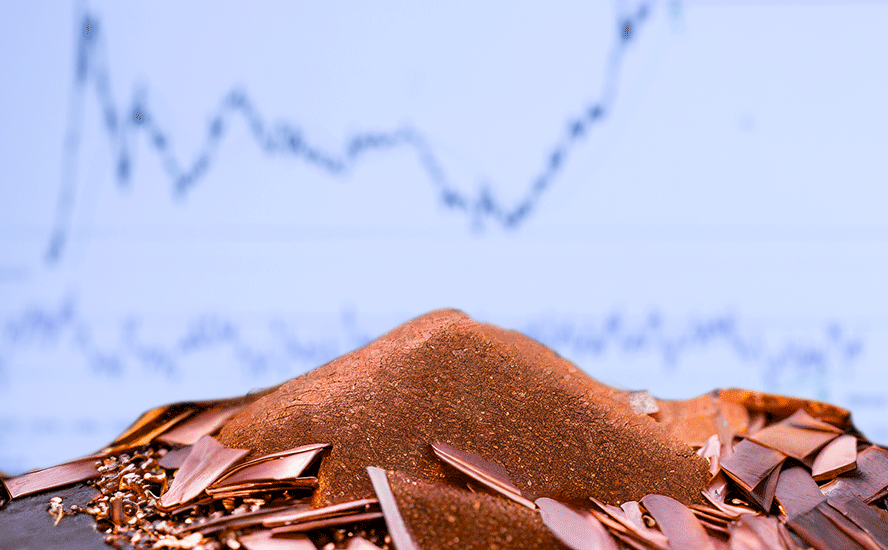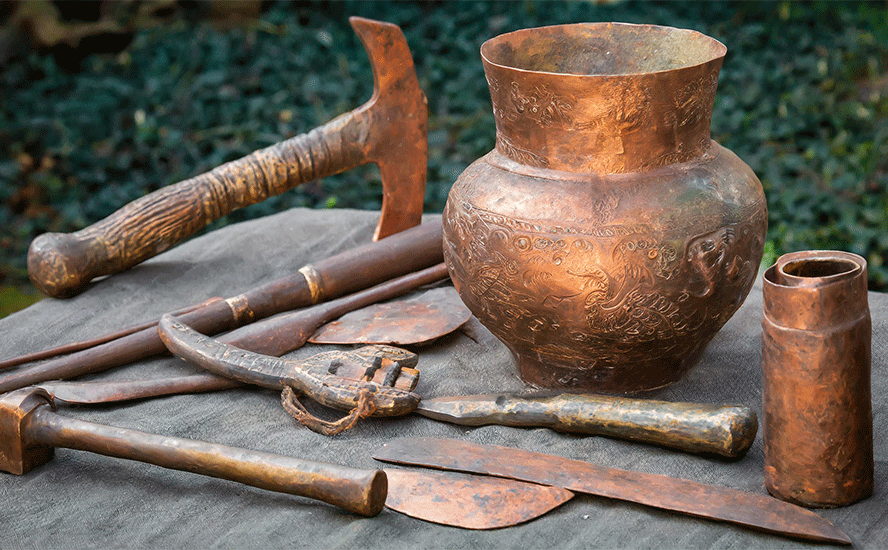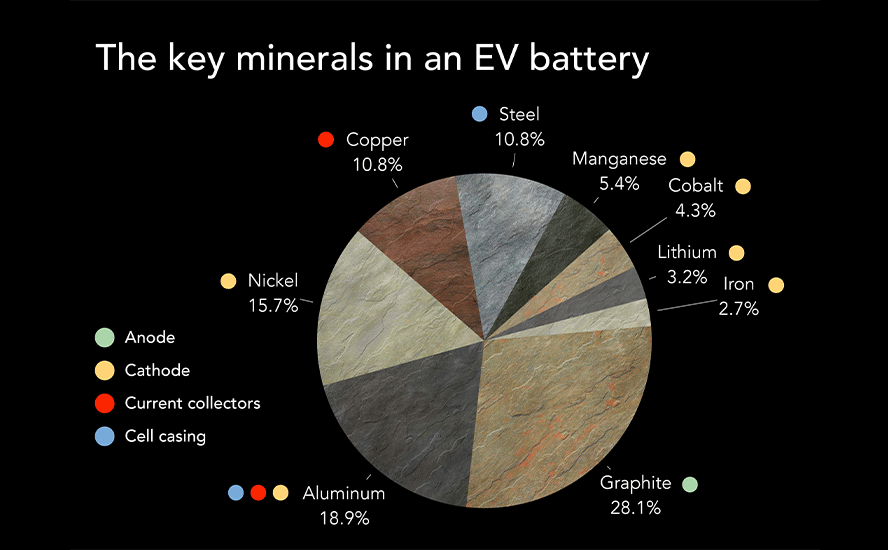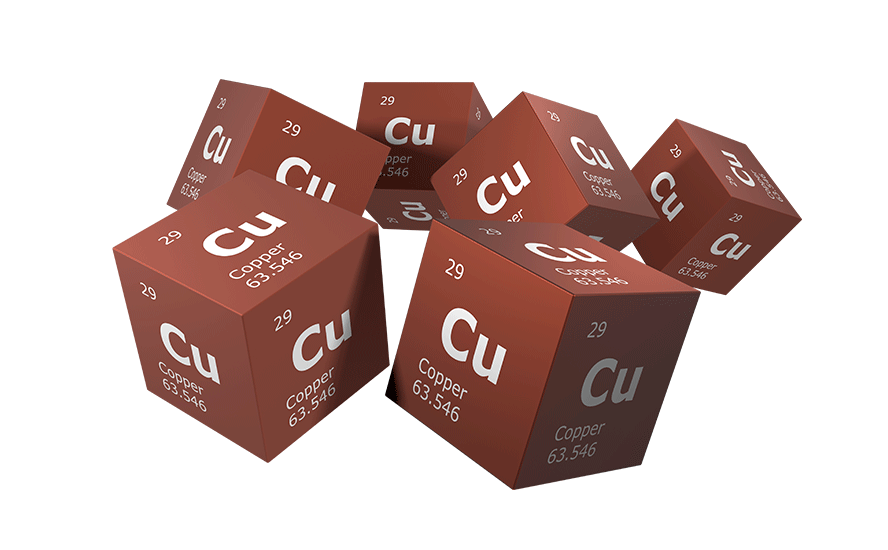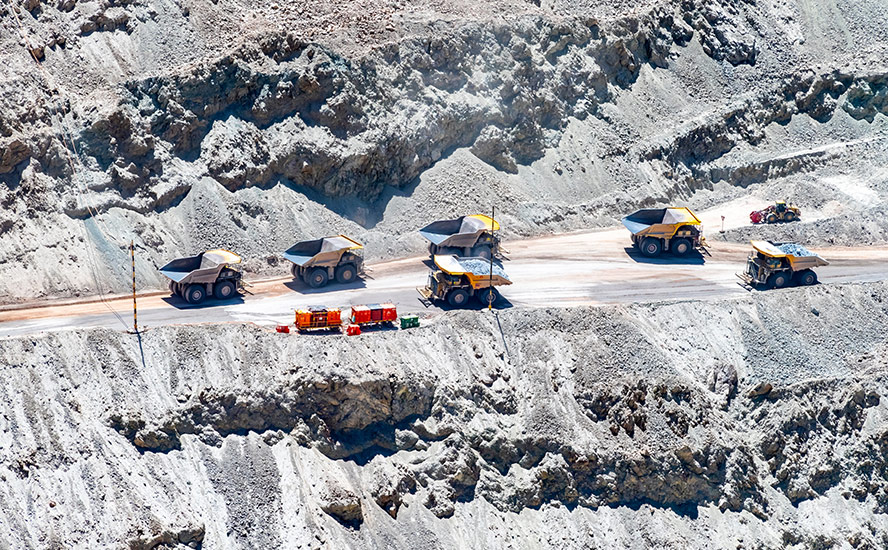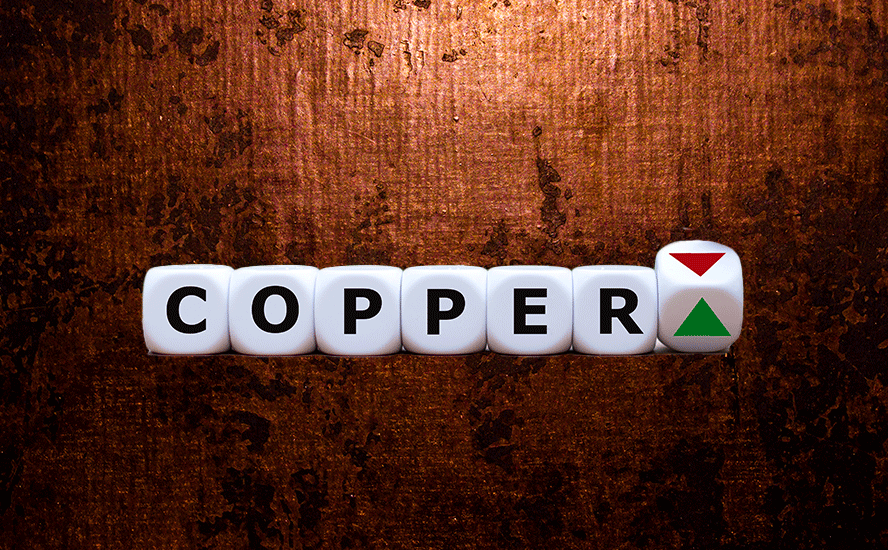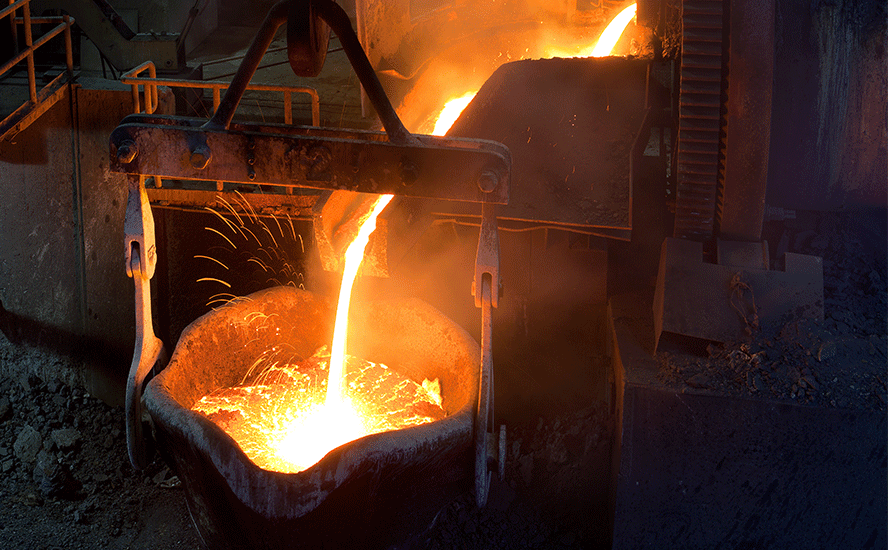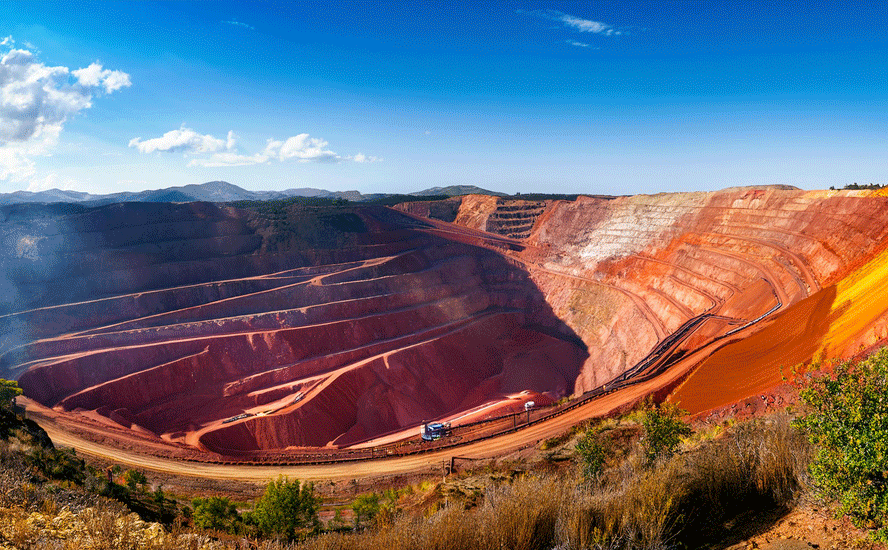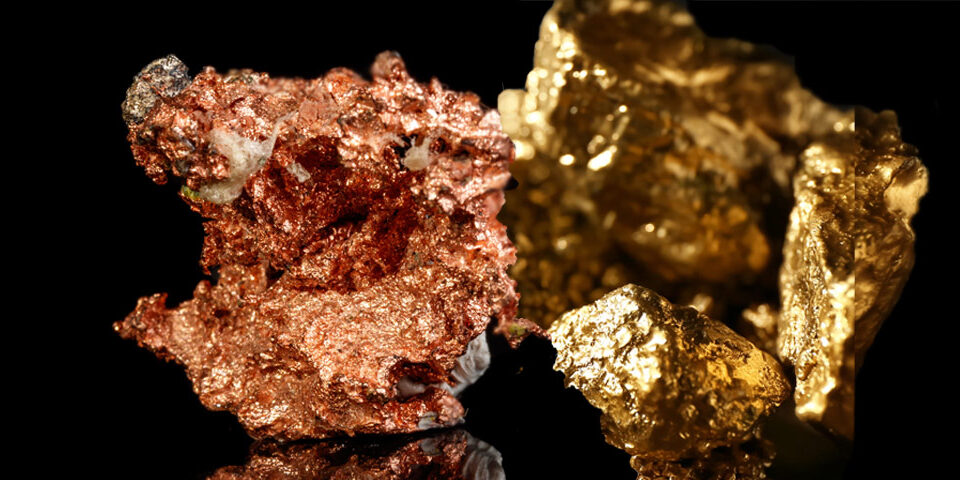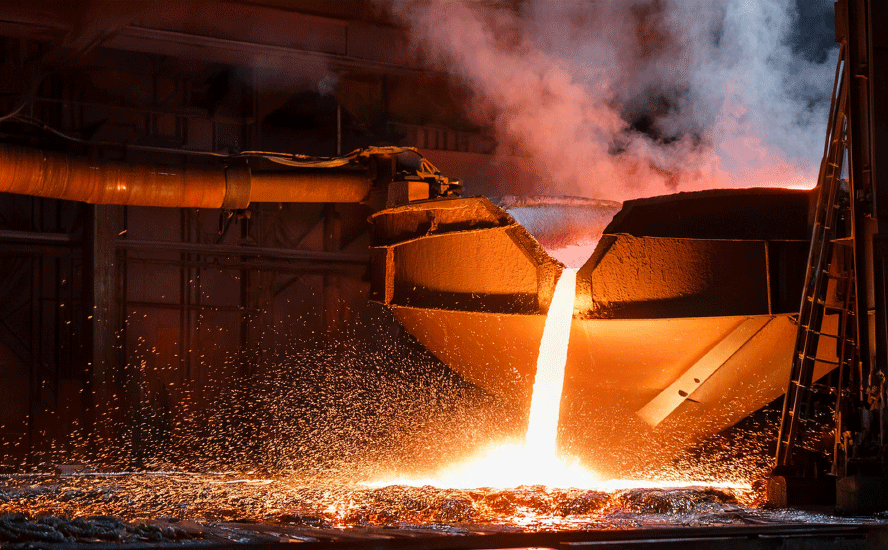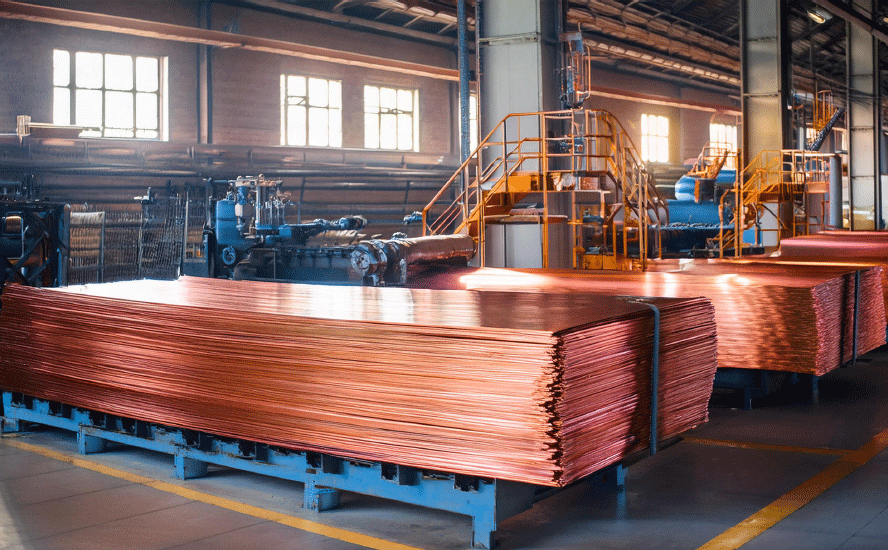Graphite One achieves ‘milestone moment’ in providing anode material manufactured from Graphite Creek feedstock – Richard Mills
2023.04.29
Graphite One (TSXV:GPH, OTCQX:GPHOF) aims to become the first vertically integrated domestic graphite producer to serve the nascent US electric vehicle battery market.
The Vancouver-based company in April, 2022 announced an MOU with Sunrise New Energy Material Company, a China-based lithium-ion battery anode producer.
Graphite is the only material in the world that conducts electricity other than metals, and the only material that can be used in the anodes of EV batteries.
Like metals, natural graphite is sourced from mineral deposits and then processed into battery-grade products for the EV industry. However, the anode can also be synthetic/ artificial graphite, which is produced from petroleum feedstocks and therefore has a much larger carbon footprint.
Graphite One intends to share expertise and technology with Sunrise for the design, construction and operation of a proposed graphite material manufacturing facility in Washington State. The source material would come from the company’s Graphite Creek deposit it is developing in Alaska.
Last year, Sunrise started preparing anode materials for sample purposes from Graphite Creek concentrate, and in December 2022, Graphite One announced that concentrate is being used to prepare sample battery anode materials for two major electric vehicle manufacturers, while an artificial graphite anode sample is being prepared for a third EV company.
This was a crucial milestone for Graphite One in proving, a/ that its graphite end product is of sufficient quality to be battery-grade; and b/ that Graphite One is able to tailor its graphite processing to meet the specific graphite anode needs of its potential future clients.
Graphite One then made two more announcements, the first regarding the testing of graphite from Graphite Creek; and the second, the testing of Graphite Creek material “as a potentially critical mineral-rich carbonaceous feedstock.”
In the first news release, G1 stated that the company, through a subsidiary, has entered into a Material Transfer Agreement with Pacific Northwest National Laboratory (PNNL), managed and operated in Richland, Washington by Battelle for the U.S. Department of Energy.
Under the MTA, PNNL will test anode active and other materials to verify conformity to electric vehicle battery specifications. The first materials to be tested will be the anode-active materials now being produced as samples by Sunrise, using Graphite Creek graphite. These samples will be sent to American electric vehicle manufacturers for evaluation as a possible source of battery materials.
The second news release detailed Graphite One’s arrangement with Sandia National Laboratories in Albuquerque, New Mexico. The company’s subsidiary Graphite One (Alaska) has provided material from the Graphite Creek deposit to Sandia, as part of Sandia’s green extraction processing work.
National Technology and Engineering Solutions of Sandia, a subsidiary of Honeywell International, Inc., operates Sandia National Laboratories as a contractor for the U.S. Department of Energy’s National Nuclear Security Administration (NNSA).
In 2021, Sandia’s patent-pending process was awarded a prestigious R&D 100 Award, “GOLD Special Recognition in Green Technology for Environmentally Benign Extraction of Critical Metals Using Supercritical CO2-Based Solvent”. Sandia’s method uses supercritical CO2 in combination with a food-grade additive to extract rare earths and other critical minerals. Sandia will test Graphite Creek material as a potentially critical mineral-rich carbonaceous feedstock.
These two developments place Graphite One in a stronger position to continue its work in Alaska, where it holds the country’s largest confirmed graphite resource.
Following on last year’s success, the company is about to ramp up drilling in 2023-24 with a planned 20,000 meters. The results could help to increase the designed production capacity for the upcoming Graphite Creek feasibility study.
If all goes according to plan, the FS would move Graphite One’s deposit that much closer to becoming America’s only source of mined graphite, helping to shed its import reliance.
The project already has the backing of the highest levels of government in Alaska, and is expected to qualify for tax incentives under the US Inflation Reduction Act.
Graphite Creek
Graphite One is advancing the Graphite Creek property, situated along the northern flank of the Kigluaik Mountains, Alaska, spanning 18 kilometers.
Located on the Seward Peninsula, Graphite Creek in early 2021 was given High-Priority Infrastructure Project (HPIP) status by the Federal Permitting Improvement Steering Committee (FPISC). The HPIP designation allows Graphite One to list on the US government’s Federal Permitting Dashboard, which ensures that the various federal permitting agencies coordinate their reviews of projects as a means of streamlining the approval process.
In other words, having HPIP means that Graphite Creek will likely be fast-tracked to production. The US Geological Survey has cited Graphite Creek as the country’s largest known graphite deposit.
Last fall Graphite One underwent a major de-risking event with the release of the prefeasibility study (PFS).
The PFS portrays the Graphite One Project as highly profitable, with expected costs of $3,590 per tonne measured against an average graphite price of $7,301 per tonne.
The mine would produce, on average, 51,813 tonnes per year (tpy) of graphite concentrate for its projected 23-year mine life. The company itself would produce about 75,000 tpy of products, of which 49,600 tpy would be anode materials, 7,400 tpy purified graphite products, and 18,000 tpy unpurified graphite products.
The prefeas is based on exploration of only one square kilometer of the 16-km deposit, meaning G1 could easily crank up production by a factor several times the current (proposed) run rate of 2,860 tonnes per day. Drill results to date indicate the resource remains open down dip and along strike to the east and west.
2022 drilling increased the measured and indicated tonnage by 15.5%, with a corresponding 13.1% increase in contained graphite. Measured and indicated resources now stand at 37.6 million tonnes at 5.14% graphite with an inferred resource of 243.7Mt @ 5.07% graphite.
Anode materials sampling
Back to Graphite One’s supply chain strategy, the company this week announced it has received active anode material samples produced by Sunrise — the Chinese lithium-ion battery anode producer — using Graphite Creek graphite.
These samples, along with specification data, were then provided to PNNL, the U.S. Department of Energy lab, for additional testing. Samples were also sent to a leading EV manufacturer for evaluation.
“This is a milestone moment for Graphite One,” said Graphite One’s founder and CEO Anthony Huston, in the April 26 news release. “Being able to provide anode material manufactured from our Graphite Creek feedstock — to both a major EV maker and a U.S. national lab — is a major step in our strategy to build a 100-per-cent-U.S.-based advanced graphite supply chain.”
The company produced two types of active anode material samples from its graphite concentrate: coated spherical natural graphite (CSG); and secondary particle natural graphite. A fast-charging artificial graphite anode material sample was also produced for North American EV battery companies.
All three samples were produced in Sunrise’s commercial-scale anode material manufacturing plant.
CSG is one of the highest value-added processed forms of flake graphite concentrate used in the lithium-ion battery industry, while according to Andrew Tan, Graphite One’s vice-president for advanced graphite materials, “Natural secondary particle anode is increasingly important in EVs for fast-charge performance.”
The natural graphite was purified using a fluorine-free process, as proposed by the company in its prefeasibility study published last October. Fluorine reacts with graphite at high temperatures to produce graphite fluorides.
According to a research paper, in purifying natural graphite, it is necessary to use chemical methods to further remove hydrophobic impurities. Acid washing is one of the mostly commonly used methods, with hydrofluoric acid reported to be the most effective.
However, HF is highly corrosive, and some of the fluorides produced are toxic, which causes environmental problems. Another problem is that HF is difficult to clean sulfide impurities, resulting in a higher sulfur content in the final graphite product, requiring further purification by other methods.
The specific capacity of the first natural graphite sample was 366.4 milliampere-hours per gram and the second sample was 364.9 mAh/g— both exceeding 98% of graphite’s theoretical maximum of 372 mAh/g. According to Graphite One, the ratio of graphite concentrate input to spherical graphite output was optimized in the spheroidization process, achieving utilization rates greater than the 75% targets assumed in the PFS. “The yield we are seeing exceeds what our industry peers are reporting,” Tan noted.
A milliampere hour (mAh) is one thousandth of an ampere hour (Ah). Both measures are commonly used to describe the energy charge that a battery will hold and how long a device will run before the battery needs recharging.
According to the feasibility study for Syrah Resources’ Balama graphite mine in Mozambique, the world’s largest flake graphite project, the typical Chinese natural graphite anode has a first discharge capacity greater than or equal to 360 mAh/g, while the leading synthetic anode is greater than or equal to 360 to 362 MAh/g.
Portions of all three samples have been sent to PNNL for independent verification. Two samples were sent to a leading EV manufacturer, and specification data was sent to other end-users.
Surely there is no better proof of concept than to send battery-suitable graphite products directly to Graphite One’s potential customers.
Circular economy strategy
G1 plans to simultaneously develop a battery anode materials manufacturing facility in Washington State and the Graphite Creek mine in Alaska. These are the first two parts of its strategy.
Also, under an earlier MOU with battery materials recycler Lab 4 Inc. of Nova Scotia, Canada, GPH and Lab 4 will design and build a recycling facility for end-of-life EV and lithium-ion batteries. Lab 4 provides laboratory and engineering support to mining companies with a focus on recycling graphite, manganese and other minerals.
The recycling facility will be located next to the Washington manufacturing facility and engineered to accept used EV batteries for feedstock.
Between the mine, the manufacturing facility and the recycling plant, Graphite One plans to execute a “circular economy” strategy as it goes about building a US-based graphite supply chain.
“With the United States currently 100 per cent import dependent for natural graphite, Graphite One is planning to develop a complete U.S.-based, advanced graphite supply chain solution anchored by the Graphite Creek resource,” Graphite One states.
The idea is that the Graphite One Project increases North American supply of high-purity coated spherical graphite that meets or exceeds current requirements for electric vehicle battery anodes, and other critical applications at a time when demand for graphite is skyrocketing.
Conclusion
The importance of Graphite One’s news this week should not be underestimated.
The fact that G1 is now providing anode material manufactured from its own graphite feedstock to both a major EV maker and a US national laboratory, is a big step in the company’s goal of becoming the first vertically integrated domestic graphite producer to serve the US electric vehicle battery market.
The material exhibited characteristics needed for fast-charging, and the spheroidization process achieved high yields. The ratio of graphite concentrate input to spherical graphite output reached utilization rates higher than the 75% target in the PFS, with the yield exceeding what Graphite One’s industry peers are reporting.
It also “green”, given the process is fluorine-free. Remember, Graphite One is also working with Sandia National Laboratories, which has an award-winning, eco-friendly process to extract rare earths and other critical minerals. Graphite One seems to be doing everything it can to satisfy ESG concerns.
The key takeaway for me, is that G1 appears to have proven that the processing method they have chosen, works.
Note this isn’t a pilot plant that many a junior has to perform rigorous testing on, to prove that their processing flow sheet works. Sunrise is handling the manufacturing and they have a lot of expertise; all G1 needs to know, is their graphite suitable? From all the information in the news release, the answer seems to be yes.
Sunrise already produces 6,000 tonnes per year (tpy) of lithium-Ion battery anode materials and has an established research and development base. Its 100,000 tpy anode production facility is under construction in China’s Guizhou Province, with completion expected by the end of 2023. The main products include artificial graphite, natural graphite, composite graphite, and other anode materials. Sunrise’s principals each have over 20 years experience in commercially supplying lithium-ion battery anode materials to major battery producers and are named on over 100 related patents.
It is well understood in North America that battery anode processing expertise resides in China. Why not therefore partner with a Chinese company that already has this knowledge?
Graphite One has the largest graphite mine in the United States, it’s been given high priority by the US federal government, and it has an agreement with Sunrise, a Chinese lithium-ion battery anode producer, to build an anode manufacturing plant in Washington State with a recycling facility right beside it.
The next step is for the testing by EV manufacturers and PNNL of Graphite One’s anode material to come out positive.
Graphite One Inc.
TSXV:GPH, OTCQX:GPHOF
Cdn$1.57, 2023.04.28
Shares Outstanding: 109.8m
Market cap: Cdn$196.8m
GPH website
Richard (Rick) Mills
aheadoftheherd.com
subscribe to my free newsletter
Legal Notice / Disclaimer
Ahead of the Herd newsletter, aheadoftheherd.com, hereafter known as AOTH.
Please read the entire Disclaimer carefully before you use this website or read the newsletter. If you do not agree to all the AOTH/Richard Mills Disclaimer, do not access/read this website/newsletter/article, or any of its pages. By reading/using this AOTH/Richard Mills website/newsletter/article, and whether you actually read this Disclaimer, you are deemed to have accepted it.
Any AOTH/Richard Mills document is not, and should not be, construed as an offer to sell or the solicitation of an offer to purchase or subscribe for any investment.
AOTH/Richard Mills has based this document on information obtained from sources he believes to be reliable, but which has not been independently verified.
AOTH/Richard Mills makes no guarantee, representation or warranty and accepts no responsibility or liability as to its accuracy or completeness.
Expressions of opinion are those of AOTH/Richard Mills only and are subject to change without notice.
AOTH/Richard Mills assumes no warranty, liability or guarantee for the current relevance, correctness or completeness of any information provided within this Report and will not be held liable for the consequence of reliance upon any opinion or statement contained herein or any omission.
Furthermore, AOTH/Richard Mills assumes no liability for any direct or indirect loss or damage for lost profit, which you may incur as a result of the use and existence of the information provided within this AOTH/Richard Mills Report.
You agree that by reading AOTH/Richard Mills articles, you are acting at your OWN RISK. In no event should AOTH/Richard Mills liable for any direct or indirect trading losses caused by any information contained in AOTH/Richard Mills articles. Information in AOTH/Richard Mills articles is not an offer to sell or a solicitation of an offer to buy any security. AOTH/Richard Mills is not suggesting the transacting of any financial instruments.
Our publications are not a recommendation to buy or sell a security – no information posted on this site is to be considered investment advice or a recommendation to do anything involving finance or money aside from performing your own due diligence and consulting with your personal registered broker/financial advisor.
AOTH/Richard Mills recommends that before investing in any securities, you consult with a professional financial planner or advisor, and that you should conduct a complete and independent investigation before investing in any security after prudent consideration of all pertinent risks. Ahead of the Herd is not a registered broker, dealer, analyst, or advisor. We hold no investment licenses and may not sell, offer to sell, or offer to buy any security.
Richard owns shares of Graphite One Inc. (TSXV:GPH). GPH is a paid advertiser on his site aheadoftheherd.com
Legal Notice / Disclaimer
Ahead of the Herd newsletter, aheadoftheherd.com, hereafter known as AOTH.Please read the entire Disclaimer carefully before you use this website or read the newsletter. If you do not agree to all the AOTH/Richard Mills Disclaimer, do not access/read this website/newsletter/article, or any of its pages. By reading/using this AOTH/Richard Mills website/newsletter/article, and whether you actually read this Disclaimer, you are deemed to have accepted it.



